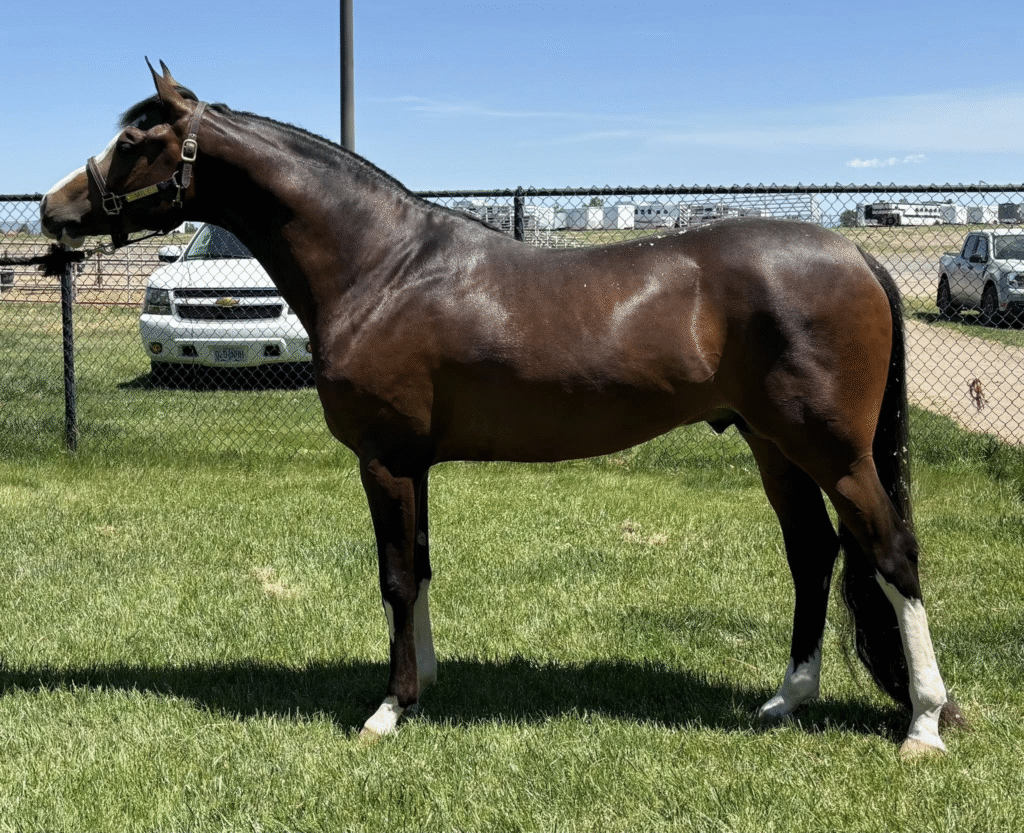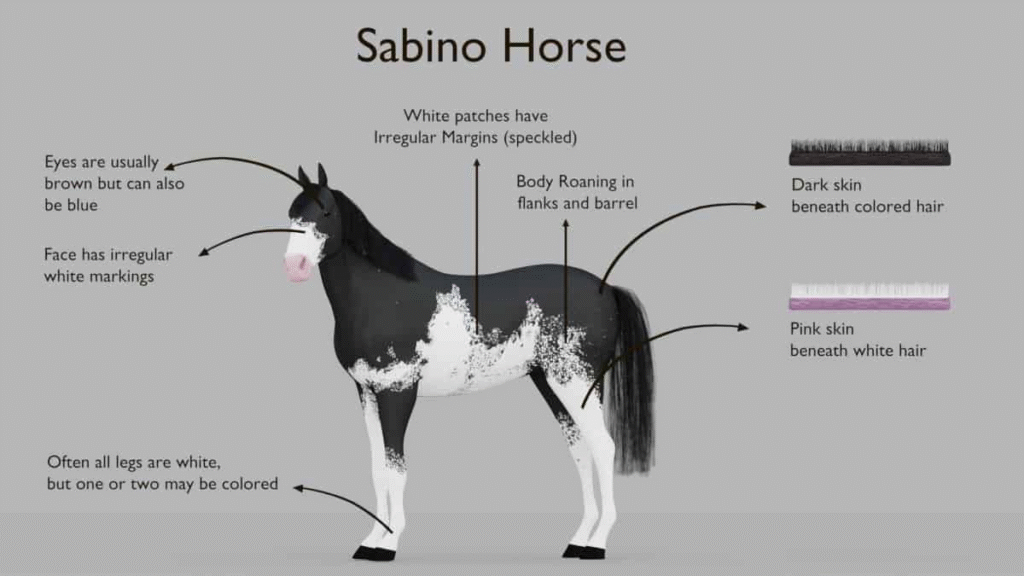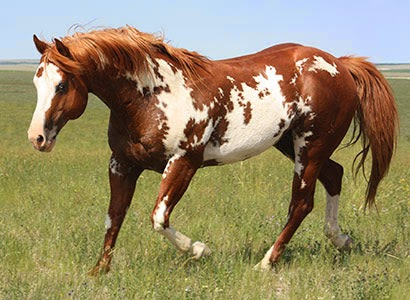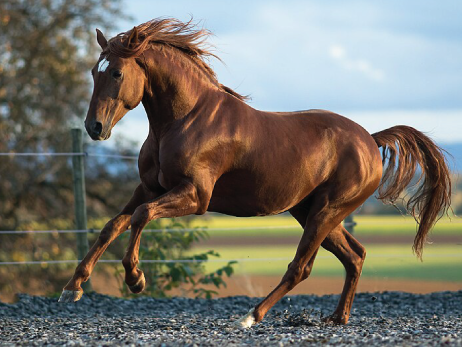When you hear “Arabian horse,” what comes to mind? Grace, elegance, and history, right? But add the word Sabino into the mix, and things get even more fascinating. Sabino Arabian horses are a genetic gem in the equine world, admired for their unique white patterns, flashy markings, and the rare, mesmerizing black sabino variation.
What Is a Sabino Pattern in Horses?

Key Characteristics of the Sabino Gene
Sabino is a white spotting pattern caused by specific genetic mutations. Unlike large patches seen in other patterns like tobiano, sabino tends to produce jagged leg markings, belly spots, high white stockings, wide blazes, and sometimes roaning or flecks of white throughout the coat.
Why Sabino Pattern Matters in Arabians
Arabians are known for their pure, solid-colored coats. So, when a sabino pattern shows up, it immediately draws attention. It’s rare, controversial, and stunningly beautiful — which is why breeders and enthusiasts are so captivated by it.
History and Origin of the Sabino Arabian Horse

Tracing the Sabino Pattern in Arabian Lineages
Sabino isn’t new — in fact, it’s been around in Arabian lines longer than many people think. Historically, certain bloodlines like the Polish and Crabbet Arabians have shown sabino characteristics, even if they weren’t labeled that way.
Foundation Bloodlines and Early Breeding
Some foundation Arabians had markings resembling sabino traits, such as high white socks and blazes. However, registry restrictions and conservative breeding philosophies often suppressed the open recognition of these traits.
Misconceptions Around Sabino Arabians
Many still believe that if an Arabian has white above the knee, it can’t be purebred. That’s simply not true. Genetics don’t lie — and DNA tests now confirm that sabino Arabians are indeed the real deal.
Physical Traits of the Sabino Arabian Horse

Coat Colors and Markings
Sabino patterns can occur on any base coat color, but they are especially striking on darker horses.
Black Sabino Arabian: Rare and Stunning
Black sabino Arabians are jaw-dropping. Their black coat, contrasted by sharp white markings, gives them a noble and otherworldly appearance — like living art.
Facial Blazes, Leg Markings, and Roaning
Expect to see wide face blazes, jagged leg markings, belly spots, and possibly roaning — all combining into a look that’s both elegant and edgy.
Genetics Behind the Sabino Pattern

Understanding the Sabino 1 (SB1) Gene
SB1 is the most studied sabino gene. However, many sabino Arabians don’t carry SB1, which suggests other genetic factors or modifiers are at play — making this area of study exciting and complex.
How the SB1 Gene Expresses in Arabians
When two SB1 genes are inherited, the result can be an almost entirely white horse. One copy typically leads to flashy white patterns — what most sabino Arabians exhibit.
Registry Challenges and Testing
Registries like the Arabian Horse Association are strict about white markings. But with modern genetic testing, proving purity while embracing diversity is becoming more accepted.
Registry and Recognition
Sabino Arabian Horse Registry Insights
There’s no separate sabino registry, but recognized Arabian registries are beginning to accept that sabino traits can exist within purebred Arabians.
Is Sabino Officially Recognized in Arabians?
It’s unofficially recognized. Some registries allow sabino-marked Arabians to be registered as purebreds, provided their bloodlines are verified.
Purebred vs. Partbred Registry Issues
Sometimes, a sabino Arabian might get wrongly classified as partbred due to excessive white. DNA testing is helping to correct this.
Breeding Sabino Arabians

Selecting for the Sabino Trait
Selective breeding can enhance sabino traits — though it’s a bit like rolling the dice. The results can be unpredictable.
Genetic Testing and Ethical Breeding
Responsible breeders test for sabino genes and avoid pairing two SB1 carriers unless they understand the risks of producing lethal white foals or all-white horses.
Challenges in Producing Black Sabino Arabians
It’s a genetic balancing act. Producing a black sabino requires careful planning with both color genetics and sabino markers.
Black Sabino Arabian Horses

What Makes Them Unique
The contrast of black and white, the rarity, and the regal posture of Arabians make the black sabino especially sought after.
Popular Examples and Bloodlines
Bloodlines like Al Khamsa and some Egyptian lines occasionally produce sabino traits — but they’re rare, making each black sabino Arabian almost one-of-a-kind.
Temperament and Trainability

Personality Traits of Sabino Arabians
These horses aren’t just pretty faces. They’re intelligent, responsive, and eager to bond with their human partners.
Are Sabino Arabians Good for Beginners?
Absolutely. With proper training, their temperament is no different from other Arabians — gentle, willing, and loyal.
Uses of Sabino Arabian Horses
Show, Dressage, and Endurance
Their unique look makes them stand out in shows. And like all Arabians, they excel in endurance and dressage due to their athletic build.
Western and Recreational Riding
You’ll often see sabino Arabians in western events, trail riding, and even trick training — they’re versatile stars.
Grooming and Care for Sabino Arabians

Special Coat Maintenance Tips
White markings require extra attention — they can stain easily. Regular grooming and whitening shampoos help keep their coats gleaming.
Health Considerations for the Sabino Pattern
Generally, sabino patterns don’t come with health issues. But always watch for skin sensitivity under white markings.
Sabino vs Other White Patterns in Horses

Sabino vs Overo, Tobiano, and Splash
Unlike tobiano or splash, sabino patterns are irregular, often with roaning and lace-like edges. It’s a more spontaneous, artistic look.
Why Sabino Is Often Misidentified
Because its patterns are so varied, people often confuse it with other white spotting types. Genetic testing helps clarify the true pattern.
Cost and Availability
Price Range of Sabino Arabians
Expect to pay $7,000 to $30,000+ depending on color rarity, bloodline, and training. Black sabino Arabians often sit on the higher end.
Where to Find Black Sabino Arabians for Sale
Look into specialized breeders, Arabian horse shows, and online marketplaces with genetic test certifications.
Sabino Arabian Myths and Facts

Dispelling Common Myths
- “Too much white = not purebred” — False.
- “Sabino Arabians are a crossbreed” — False.
- “Sabino genes are new” — Definitely false.
Real Facts That Set Them Apart
They’re pure, they’re rare, and they’re absolutely Arabian — with a little extra sparkle.
Conclusion
So, is the Sabino Arabian horse right for you? If you want a horse that turns heads, carries rich heritage, and offers unmatched beauty and temperament — then yes. Whether black, chestnut, or bay, sabino Arabians add a flair of magic to an already majestic breed.
FAQs
What is the rarest sabino Arabian color?
The black sabino Arabian is the rarest and most desired due to its striking contrast and limited availability.
Are sabino Arabians purebred?
Yes, many sabino Arabians are 100% purebred. DNA testing helps confirm lineage.
How can I test for the sabino gene in Arabians?
You can request an SB1 genetic test through reputable labs like UC Davis or Etalon Diagnostics.
Is there a specific registry for sabino Arabians?
No separate registry exists, but they can be registered under standard Arabian registries if they meet bloodline requirements.
Can sabino Arabians compete in shows?
Absolutely. Their unique appearance often gives them an edge in halter and color classes.







